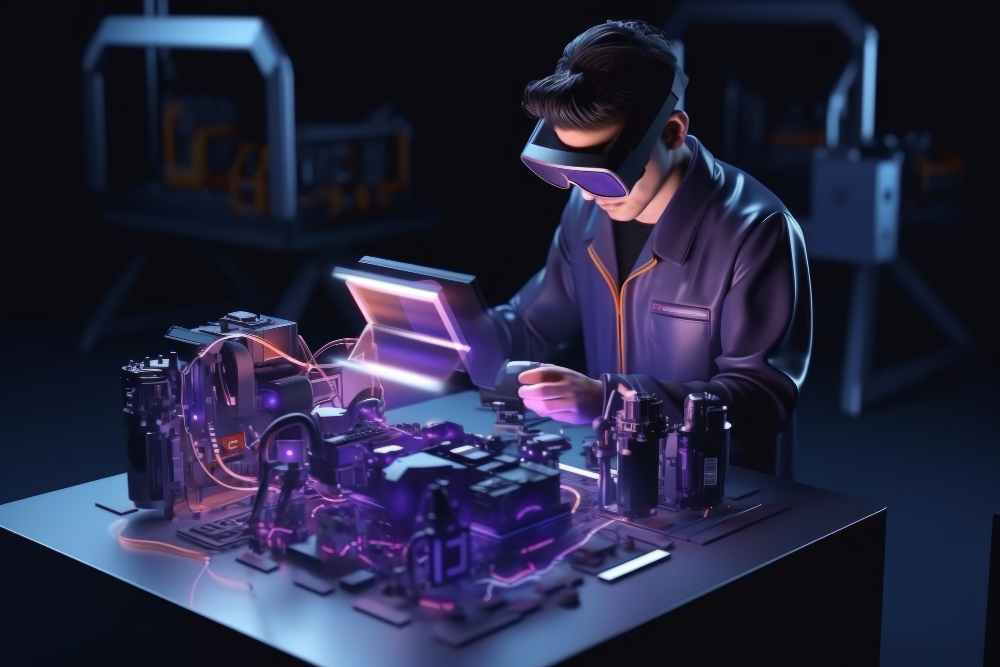AI is transforming image creation. It enhances visuals and revolutionizes fields like medical imaging and creative arts. AI automates complex tasks, boosting efficiency and quality.
Deep learning and neural networks power this transformation. They enable high-quality image generation and segmentation. These technologies produce photorealistic and artistic visuals, significantly benefiting various industries.
Key benefits of AI in image creation include:
- Medical Imaging: AI improves image quality and supports diagnostics. It excels in object detection, image classification, and segmentation.
- Creative Arts: AI-generated images expand artistic possibilities. They unlock new digital art styles, including photorealistic and cyberpunk visuals.
- Automation: AI reduces manual task time, allowing focus on strategic work.
AI tools are reshaping industries. They offer speed, accuracy, and creativity, giving businesses an edge. AI will keep pushing boundaries in medical and creative image creation.
At Work With AI, we believe artificial intelligence images will continue to evolve and impact various sectors. Our tools harness the power of AI to deliver cutting-edge solutions for businesses and creatives alike.
AI’s Role in Medical Image Analysis
AI’s impact on medical image analysis is profound. It automates crucial tasks like object detection and image segmentation. These capabilities are vital for fields such as radiology and pathology, where precision and speed are critical. AI enhances efficiency, enabling rapid interpretation of complex images, which aids in accurate diagnosis and treatment planning.
In radiology, AI-driven algorithms analyze X-rays, MRIs, and CT scans, identifying anomalies and patterns that may indicate diseases. This technology supports radiologists by highlighting areas of concern, reducing the time needed for manual analysis. In pathology, AI assists in examining tissue samples, identifying cancerous cells, and other abnormalities with high accuracy.
Efficiency gains from AI in biomedical imaging are significant. It allows for high-throughput analysis, handling large volumes of data quickly. This capability is crucial in scenarios where timely diagnosis can impact patient outcomes. AI reduces the burden on medical professionals, allowing them to focus on complex cases that require human expertise.
Despite these advancements, challenges exist. Selection bias: AI models can struggle if trained on non-representative data sets. Variability: Differences in imaging systems and sample processing can affect model performance. Addressing these issues is essential for ensuring AI’s reliability and effectiveness in medical image analysis.
AI tools are reshaping medical imaging, offering accuracy and efficiency. At Work With AI, we provide insights into how these technologies are evolving and impacting healthcare. For more on how AI is transforming the healthcare sector, including diagnostics and personalized treatment plans, explore our article on AI’s role in enhancing healthcare efficiency and performance.
Image : Freepik

Leave a Reply